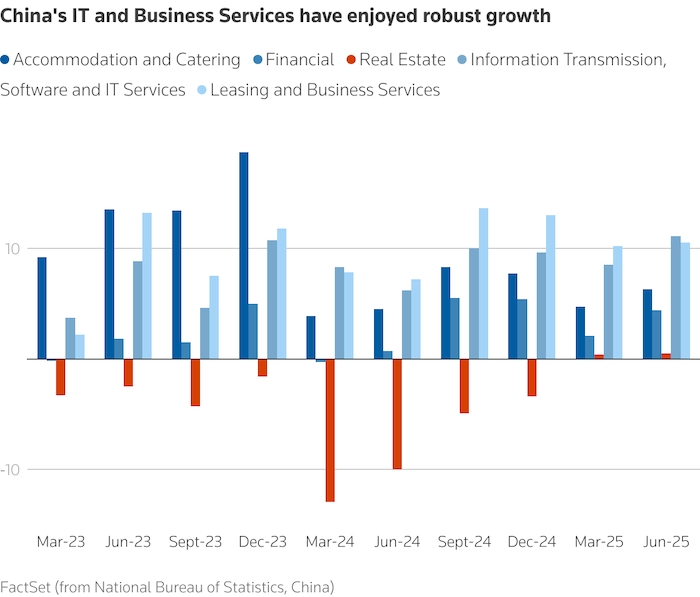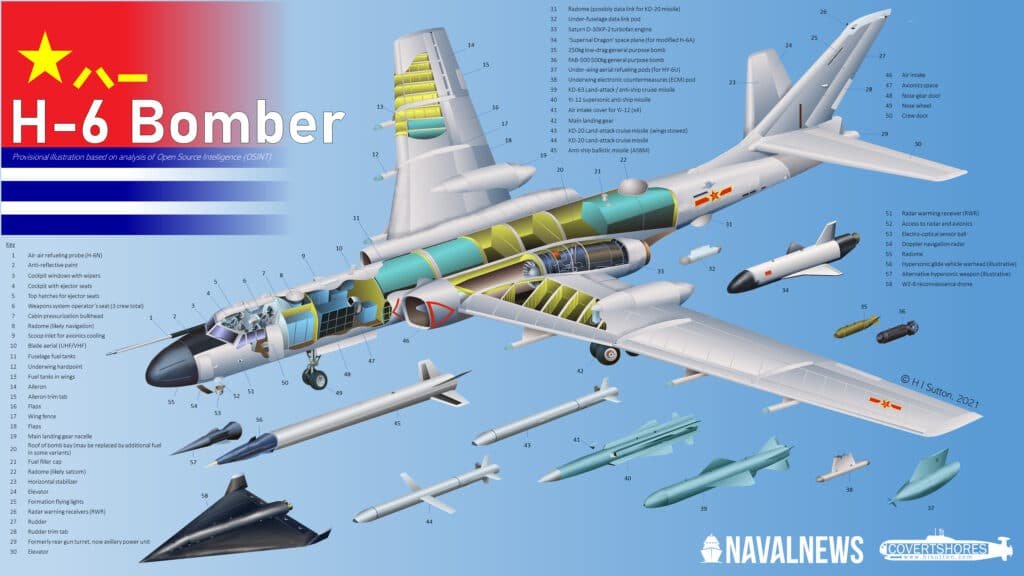China has begun construction of its fourth aircraft carrier, the nuclear-powered Type 004, a warship that analysts say could mark a turning point in the balance of naval power in the Indo-Pacific. The Type 004 may not be just another carrier. It’s the vessel that could turn China’s fleet into a global navy.
5 min read
- Authors
-
![Photo of Vlad Litnarovych Photo of Vlad Litnarovych]()
Satellite images of the Dalian shipyard, published by an open-source intelligence (OSINT) researcher, reveal that hull sections and launch infrastructure are already under assembly, signaling that Beijing has formally embarked on its most ambitious carrier project yet, defense media outlet Army Recognition reported on October 2.
Unlike China’s previous carriers, the Type 004 will be powered by nuclear reactors, granting it virtually unlimited range and the ability to sustain global deployments without the need for refueling.
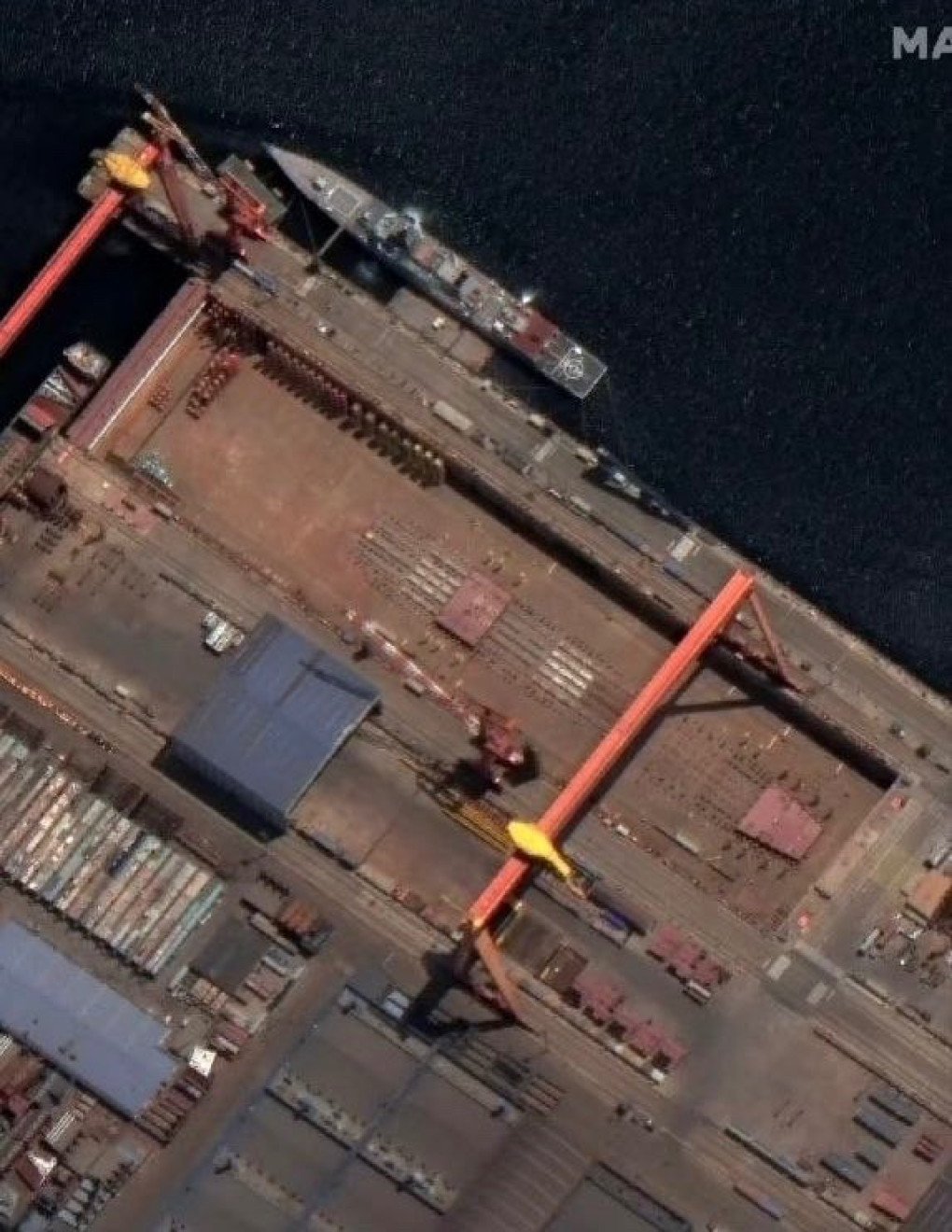
Analysts estimate its displacement at between 110,000 and 120,000 tons—placing it on par with, and in some respects potentially surpassing, the US Navy’s Gerald R. Ford-class supercarriers. That would make it the largest warship ever built in Asia.
“The Type 004 represents a historic leap for the People’s Liberation Army Navy (PLAN), combining nuclear propulsion, electromagnetic catapults, and a larger, more diverse air wing,” Army Recognition noted, citing a Chinese defense analyst. “It is China’s first true blue-water supercarrier.”
🇨🇳China has started building the fourth Aircraft Carrier, AKA the 𝐓𝐲𝐩𝐞 𝟎𝟎𝟒
This Carrier will displace at around 110,000-120,000 tons, carrying 90+ fixed wing aircraft, ruling the waves
It is expected to be escorted by 055A/B Destroyers, 054B frigates and 095 SSNs pic.twitter.com/D6l9lE5W6e
— PLA Military Updates (@alfred_shum4973) September 29, 2025
A new class of Chinese supercarrier
The Type 004 will feature a CATOBAR (Catapult Assisted Take-Off But Arrested Recovery) flight deck, equipped with electromagnetic launch systems comparable to the US Navy’s EMALS.
This allows for the launch of heavier aircraft at full combat load—a major step beyond the ski-jump ramps used on earlier Chinese carriers.
The carrier is expected to embark more than 90 aircraft, including J-15T heavy fighters, stealthy fifth-generation J-35 jets, KJ-600 airborne early warning aircraft, anti-submarine platforms, and unmanned combat aerial vehicles, Army Recognition wrote.
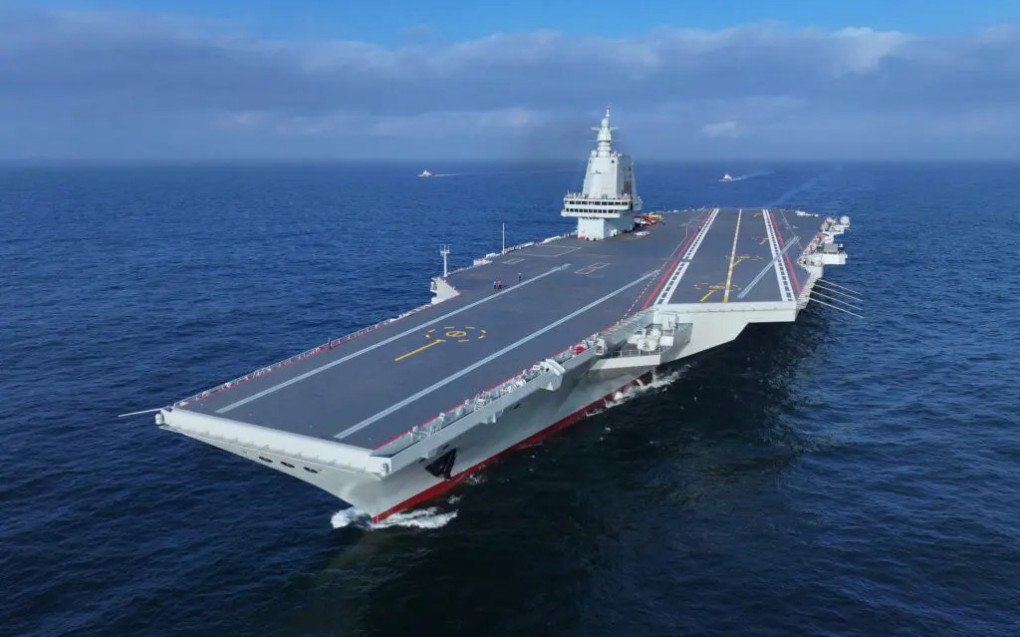
This would represent the largest air wing in Asia, surpassing even the Ford-class in sheer numbers, though questions remain about operational efficiency and deck management.
In length, the ship is projected to measure around 330 to 340 meters, slightly longer than the Fujian (Type 003) and comparable to the Ford-class. Its nuclear propulsion system, reportedly based on China’s Longwei pressurized-water reactor series, is designed to power not only the ship’s propulsion but also its catapults, radar arrays, and potentially future high-energy weapons.
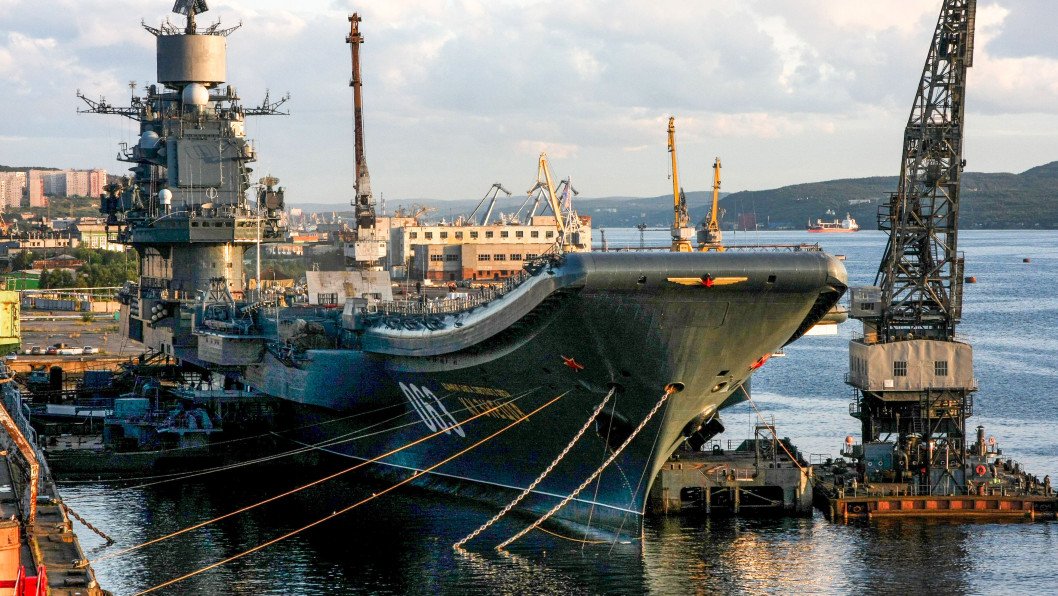
Escort fleet and strike group integration
According to Army Recognition, the Type 004 will anchor carrier strike groups centered around the PLAN’s most advanced escorts: Type 055A/B destroyers, Type 054B frigates, and nuclear-powered Type 095 attack submarines.
This composition mirrors US Navy carrier strike groups and signals China’s intent to deploy integrated blue-water task forces capable of operating across oceans.
The carrier itself will feature expanded command-and-control capabilities and advanced air defense systems. Some Chinese sources claim its integrated systems may even surpass the US Navy’s Aegis combat system in certain respects, though such claims remain unproven.
From Liaoning to Fujian: the road to Type 004
China’s first carrier, Liaoning (Type 001), was a refitted Soviet Kuznetsov-class training platform. Its successor, Shandong (Type 002), was the first domestically built carrier but retained the same ski-jump launch system, limiting payloads and sortie generation.
The Fujian (Type 003), launched in 2022, introduced electromagnetic catapults and a flat flight deck, bringing China closer to Western standards.
But it remained conventionally powered, restricting endurance. The Type 004 changes that equation entirely, combining all the features of modern supercarriers with nuclear propulsion.
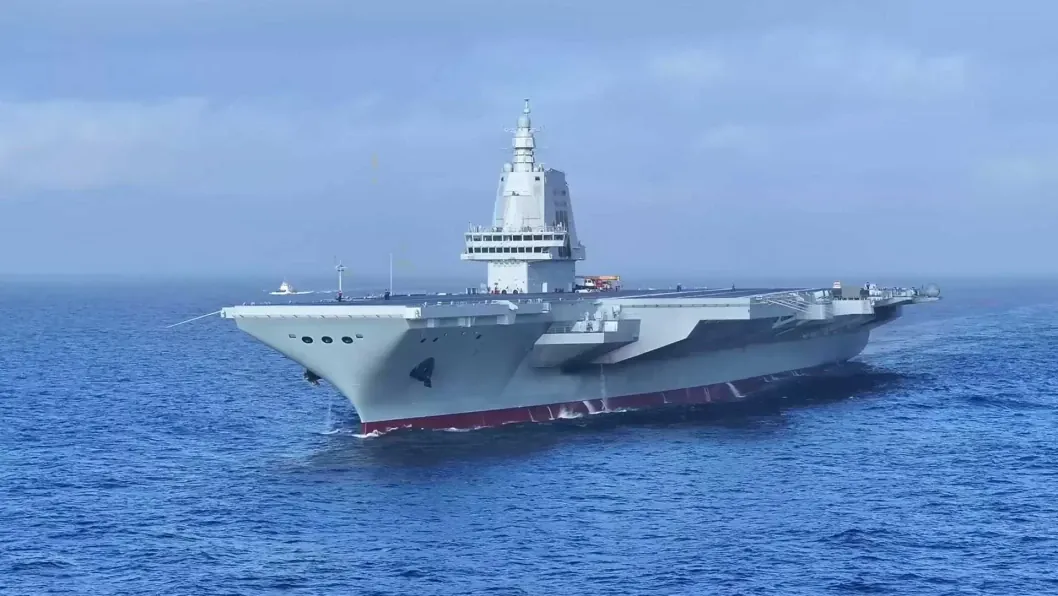
Compared with the US Navy
The US Navy’s Ford-class carriers displace around 100,000 tons, carry roughly 75 aircraft, and are powered by two A1B reactors producing more than 700 megawatts of power.
The Type 004 is expected to produce 450–500 megawatts via twin reactors, somewhat less powerful but sufficient to sustain its systems and air operations, according to Army Recognition.
The world’s largest aircraft carrier, 🇺🇸 USS Gerald R. Ford sailing in the Oslo Fjord 🇳🇴
(Not my pics) pic.twitter.com/BiNbmqpDpk— 𝔗𝔥𝔢 𝔓𝔞𝔱𝔯𝔦𝔬𝔱𝔦𝔠 𝔙𝔬𝔦𝔡𝔴𝔞𝔩𝔨𝔢𝔯 (@0GxDR0PSh0TTA) October 2, 2025
The Ford-class enjoys advantages in advanced arresting gear, automated weapons elevators, and decades of institutional experience in high-tempo carrier operations.
However, the Type 004 may carry a larger number of aircraft, giving it an edge in numerical strength. The real test will be whether the PLAN can master the complexities of sustained carrier operations, logistics, and joint integration at sea—areas where the US still holds a decisive lead.

Strategic implications
The construction of the Type 004 represents more than just naval modernization. Army Recognition analysts state that it signals Beijing’s intent to contest US maritime dominance, not just in the South China Sea but across the Indo-Pacific and potentially beyond.
With nuclear-powered endurance, the PLAN will be able to sustain carrier strike groups in the Indian Ocean, the Pacific, and even far-flung regions where China’s interests are growing.
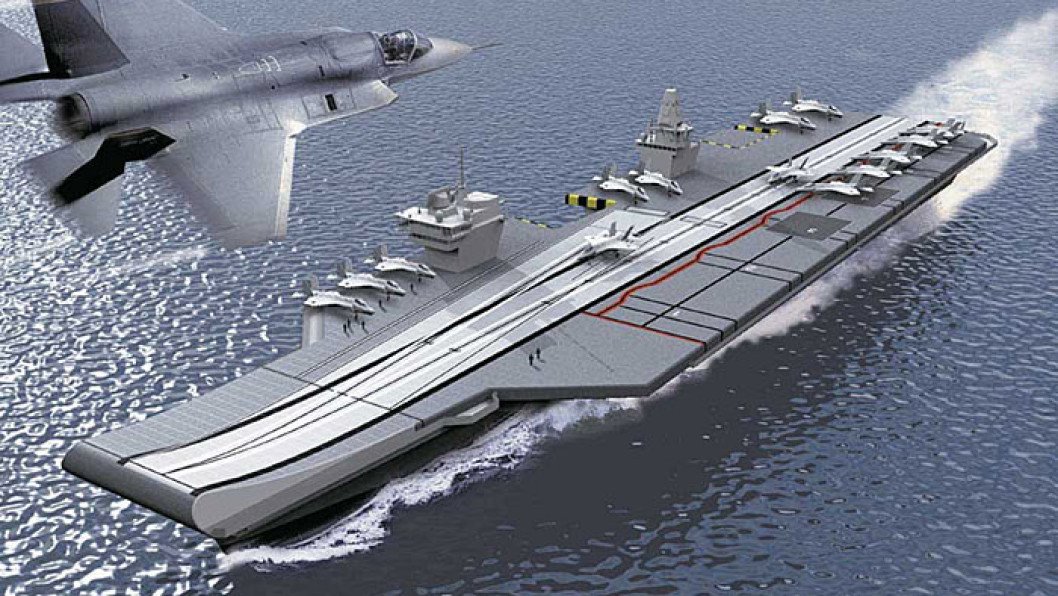
For Washington, this development underscores the emergence of a true near-peer competitor at sea. While the US Navy remains ahead in technology, operational expertise, and global logistics, China’s rapid progress narrows the gap and raises the stakes in future maritime confrontations.
Earlier, the USS Gerald R. Ford, the world’s largest aircraft carrier, spearheaded NATO’s Neptune Strike 2025-3, a major maritime exercise running from September 22 to 26, demonstrating NATO’s maritime capabilities and reinforcing its deterrence against Russian aggression.
-f0a92d03e7274e98ed5c06362f4c0c73.jpg)
Every day we fight Russian disinformation and bring reports directly from the frontlines. Your help makes us stronger.








